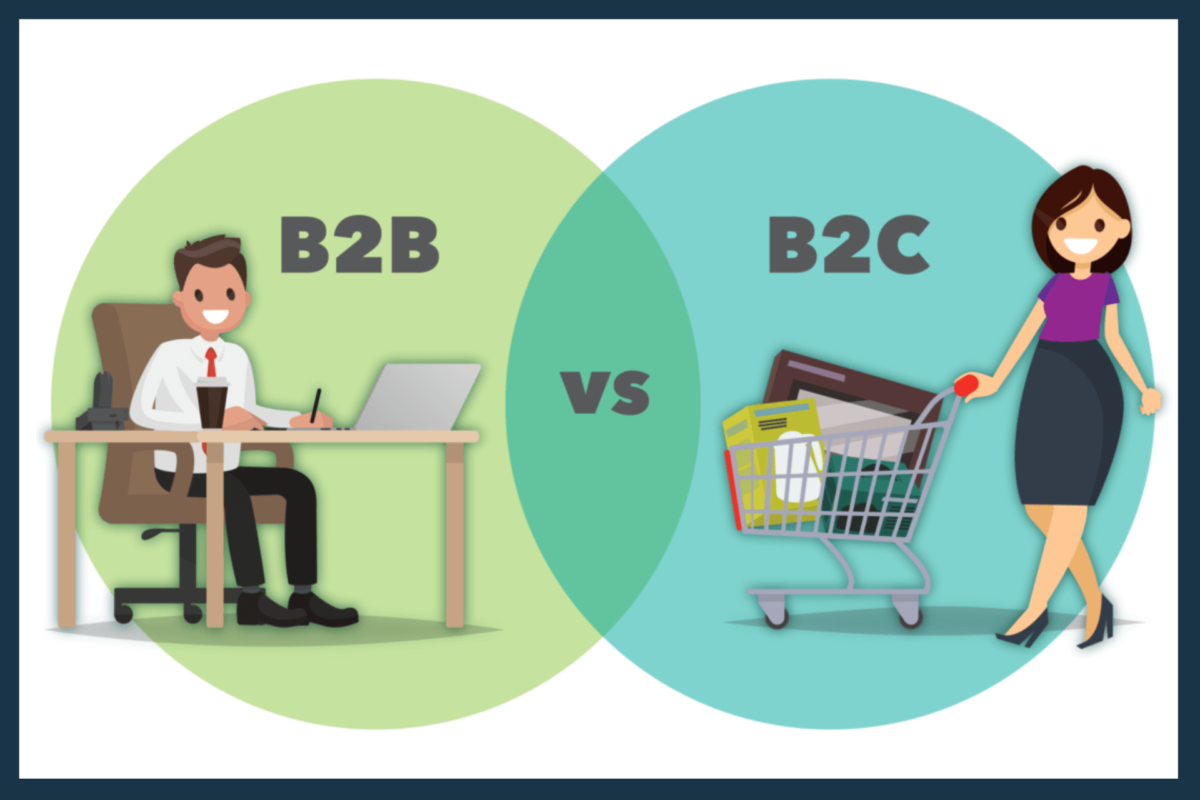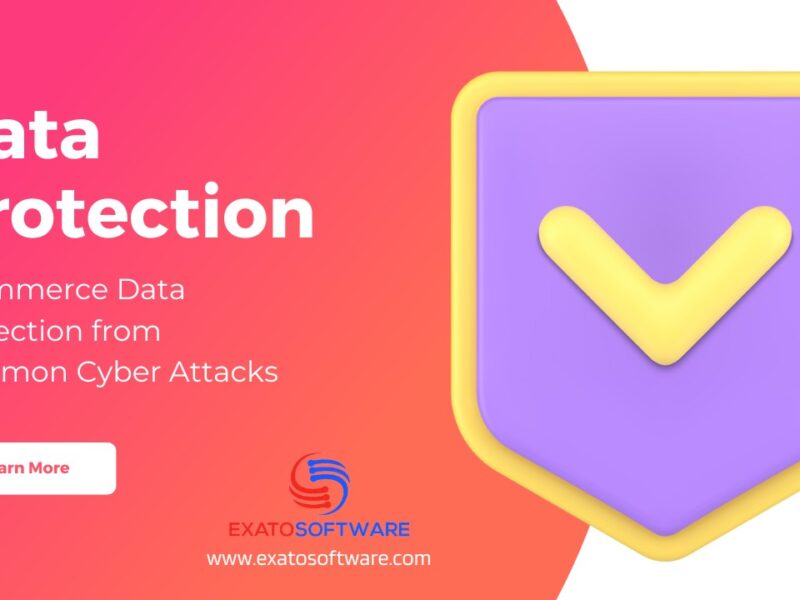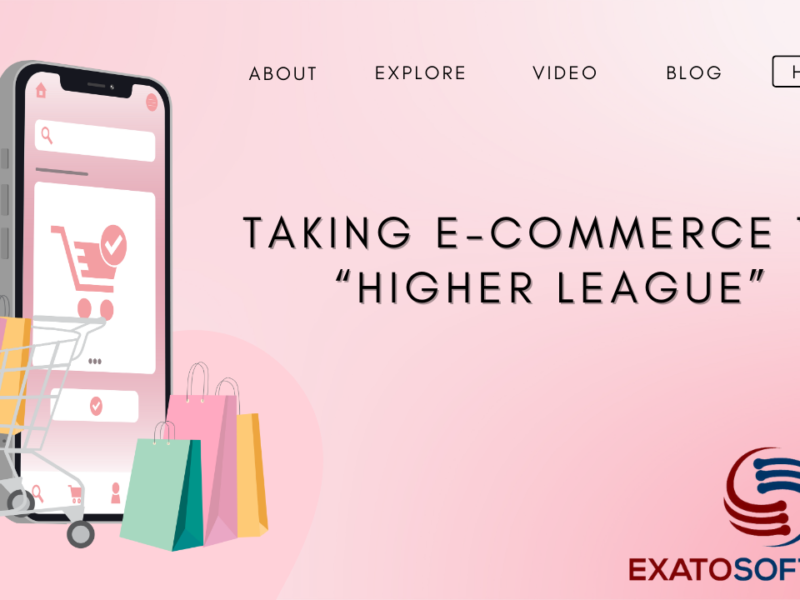Have you always seen the e-commerce market as a large and single sector? Well, we must confide to you that this vision does not reflect reality.
Within the sector we all call “e-commerce” we must distinguish two completely separate factions: the B2B vs B2C e-commerce.
What do these two acronyms refer to? What are the differences between these two sectors? Why is it so important to distinguish them?
In both cases it is about selling products and services online, but we will show you that there are substantial differences between these two sides of the same coin.
Just think that online purchases in India in B2C e-commerce have exceeded 130 billion dollars in 2019, while B2B e-commerce in our country has reached a value of 335 billion dollars.
Where is the difference? It is soon said.
The differences between B2C and B2B e-commerce:
Today the way customers interact, discover and buy products has changed: e-commerce is able to sell online 24 hours a day, 7 days a week.
And not only in retail, but also in B2B, where e-commerce integration is a priority.
But what is the difference between B2C and B2B e-commerce?
In Business to Customer (B2C), the user is the final consumer and he navigates carefree during his free time.
On the contrary, the user of a Business to Business (B2B) e-commerce is looking for a product that will grow his business and a professional company to rely on.
The entrepreneur is more demanding, in a hurry and looking for a deal. This is the reason why B2C e-commerce have a much lower conversion rate, around 3% compared to 10% of B2B online stores.
The two platforms, although apparently the same, are based on substantial differences and must respond to particular needs. Here are the main differences between B2B vs B2C e-commerce.
Overall buyer experience:
The first substantial difference between B2C and B2B e-commerce is the customer approach.
In B2C online stores we find a customer who wants to conclude a purchase to satisfy his own emotional need. In this case, the search for the product is driven by emotion, it wants to satisfy a momentary whim.
Very often these are people who have time available, are doubtful in the checkout phase and it can happen that they abandon the cart.
On the other hand, the B2B e-commerce customer is very different. You are facing a professional who is looking for a product that can meet a specific need or solve an actual problem. Research is planned, logical.
The entrepreneur knows what he is looking for, selects the right product to buy based on its characteristics and price.
Consequently, the whole site must be set up differently.
In the case of B2C e-commerce, the store design should attract users’ attention. Otherwise, in B2B, graphics are not so important when the immediate availability of salient product information.
Group vs individual process:
The sale, in B2C e-commerce, is much faster because it is almost always dictated by the will of a single customer. It is to him that marketing activities must be addressed to ensure that he does not miss an opportunity.
In this case we speak of individual decision-making. The sales process is fast, only the buyer has to complete the payment.
Who are you dealing with on the B2B e-commerce side?
With a group. In the sale between companies, it is difficult for a single person to make the decision and all the timing expands. The decision-making phase becomes longer, as does the payment phase.
In this case, to encourage the sale, it is necessary to make available all the information regarding the product on the basis of which the group can make its choice.
Long or short customer acquisition process:
Perhaps the decision-making process of the B2B sector is longer than the one-to-one relationship with the end customer, but in the long run it gives much more satisfaction.
Companies, when they identify a trusted supplier, will hardly change it after a short time. The relationship with the B2B sector, therefore, is a relationship that lasts over the years.
Precisely for this reason, if you deal with B2B e-commerce, you must make it much easier for the user to place a new order of products that he had previously purchased. Some business needs never change over time.
For B2C, however, the situation is reversed. The customer acquisition process is much shorter, but this will almost certainly make a one-off purchase.
In any case, even if the B2C customer does not make mass purchases, it still has a great weight for the company.
Marketing based on features or benefits:
This concept has already appeared between the lines a few paragraphs ago. In B2B e-commerce, what matters is to make the characteristics of the product and the need it satisfies clearly visible.
In this case, highlighting the features is essential if you run a B2B e-commerce.
On the other hand, it is different to deal with an end customer who acts on the impulse of his momentary emotions.
You must show the benefits to this user. How come your product is the best? How many benefits can it bring? What will your life be like after trying your product? The advertising message must answer these unspoken questions in the consumer.
Discrepancy in prices:
The price side is probably one of the aspects that present the most differences between B2C and B2B e-commerce.
In B2C, we all know how it works. The prices are written in large, clearly visible and often there are offers for those who shop above a certain amount or for regular customers.
In B2B, however, something very different happens.
Prices for companies are almost never expressed until the user registers their account. Furthermore, based on the quantity of goods purchased, the price is generally negotiable. This is the practice in B2B e-commerce among professionals.
The latter custom is easily understood. Each company is different and can place a personalized order. A very different attitude from an end customer who lands on your e-commerce because he saw one of your sponsored on Facebook!
Conclusion:
Despite the fundamental differences between B2B vs B2C e-commerce, it is important to understand that any online store needs a showcase where to show products, channels on which to advertise them and a solid and well-structured marketing strategy based on sales objectives.
Do you have an e-commerce and are you interested in development and marketing strategies? Contact us through the form.



